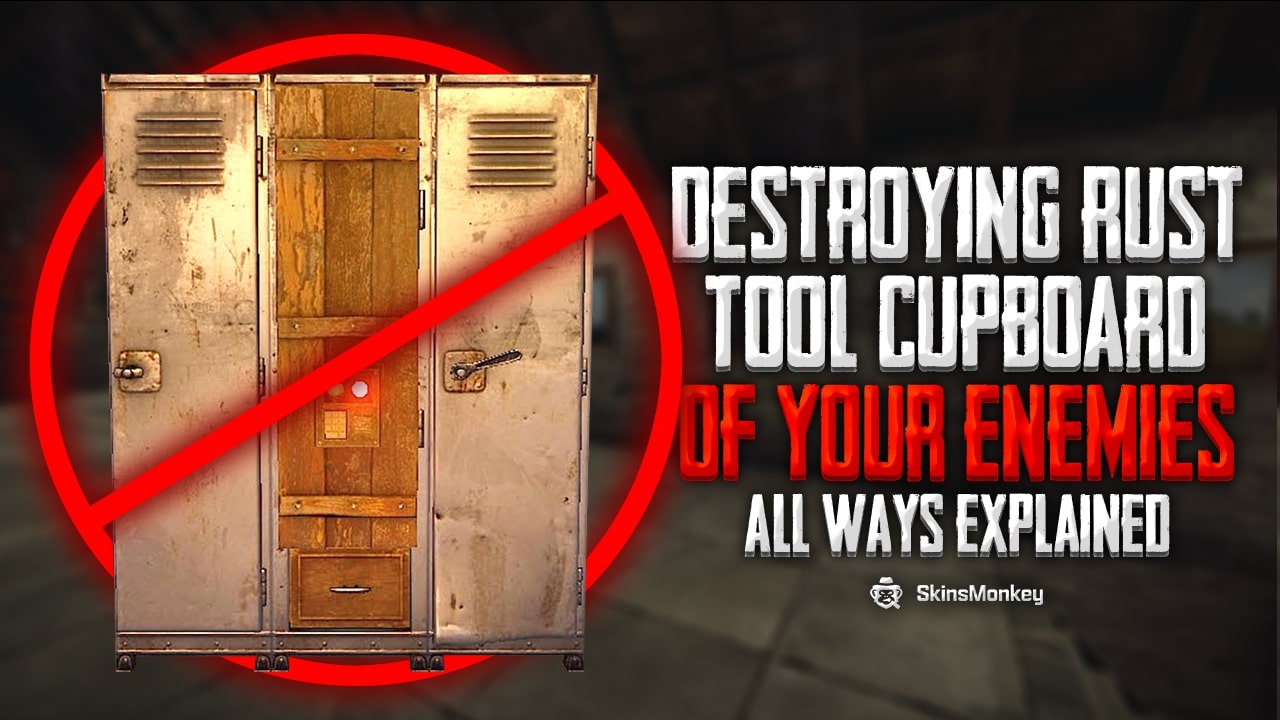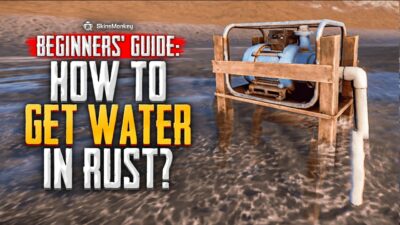If you're recently starting to play Rust, here is the best advice you can get as a beginner about the Rust Tool Cupboard. It is an essential item for controlling a player's base.
Whoever has authority over the Rust Tool Cupboard in a particular base gets a building privilege, gets to upgrade the basement, and won't be attacked by any flamethrowers, shotgun traps, and so on in a 25-meter radius.
It will be your ultimate guide on the Rust Tool Cupboard. You will learn how to craft, use it, and destroy it as quickly as possible and lock other players out of their bases in Rust.
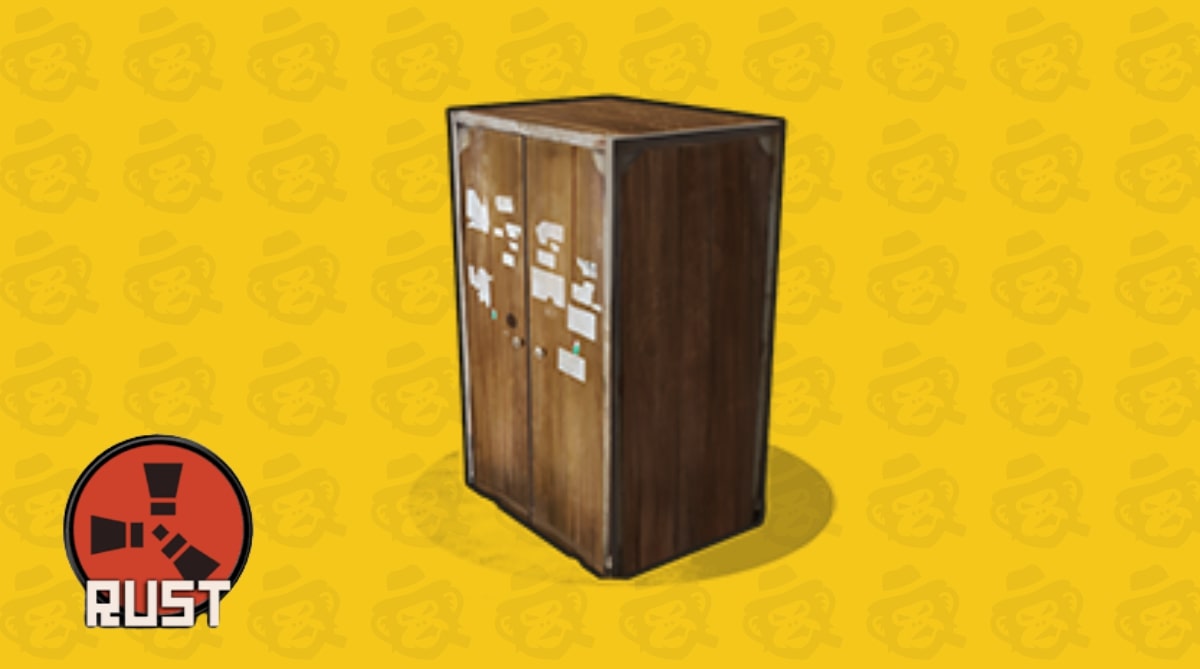
Sounds fun, huh? Well, it is. So, let's dive in!
What is Rust Tool Cupboard?
The Tool Cupboard in Rust is essential to all players. It controls who gets to build, upgrade, or affect a base in Rust. If you did not have authorization over a certain Rust Tool Cupboard, you would not be able to craft, upgrade, or destroy building blocks within a 25-meter TC radius from that base.
Only you can give authorization of your Tool Cupboards to other players. You can also remove those privileges or keep them locked and protected with a key lock. Moreover, you can program an authorization code preventing anyone from without the password for your TC.
To craft Tool Cupboards in Rust, you will need 1000 wood for a single Rust Tool Cupboard. The Rust Tool Cupboard decay time is 48 hours. So, if you want to repair a Tool Cupboard in Rust, you will need a Hammer or a Garry's Mod Tool Gun and 500 wood.
Why Do You Need a Tool Cupboard in Rust?
The Rust Tool Cupboard serves three crucial functions for you as a Rust player:
- Preventing other players from building on, in, or near your base
- Preventing your base from decaying by requiring you to store resources in it as base upkeep costs
- Protecting you and other authorized players from traps that you've placed in your base
With this in mind, if you want to beat another player in Rust, it's crucial to locate and destroy their Tool Cupboard as fast as possible. Doing so will allow you to place your doors inside their base, disable all of their traps, and take the entire base as your own.
How to Destroy Tool Cupboard Rust of Your Enemy?
If you want to learn the best way to destroy a Tool Cupboard in Rust, you can find the five best methods for this below.
5. Satchel Charge
It only takes a single Satchel Charge to destroy the Tool Cupboard in Rust. It is no surprise, as Satchel Charges are some of the most effective weapons for demolishing various structures in Rust, such as Sheet Metal Doors, Walls, and more.
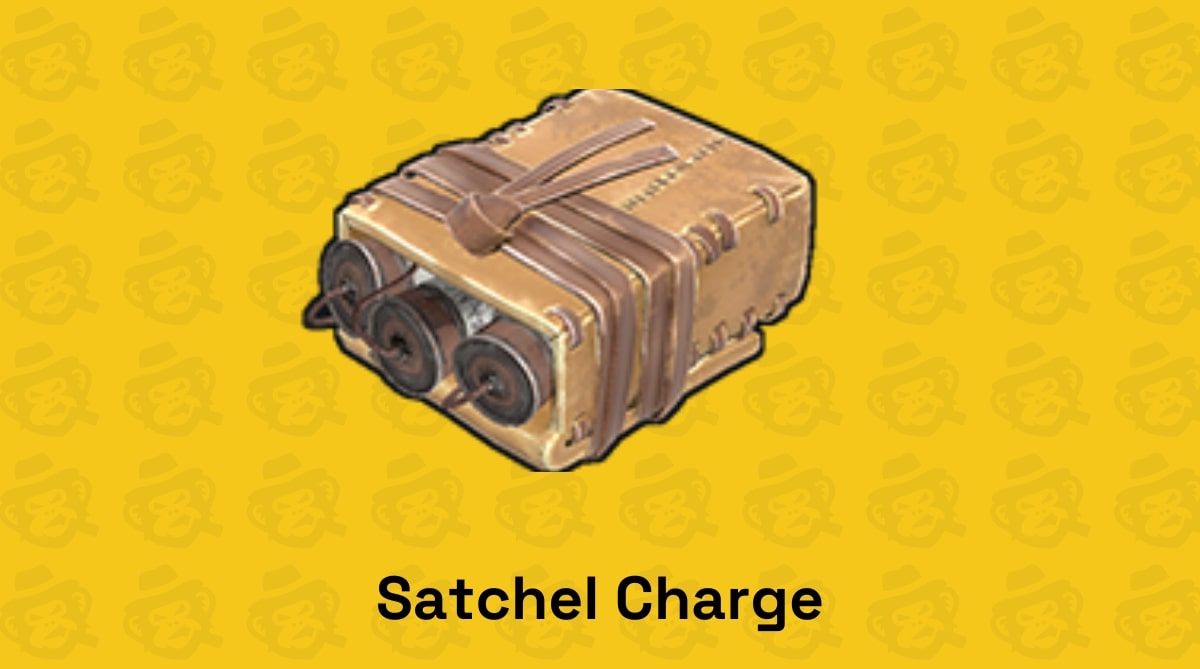
Here's what you have to do:
- Find the TC inside the base you're raiding
- Throw the Satchel Charge directly onto the TC
- Quickly move away at a safe distance until it blows
4. Beancan Grenade
Beancan Grenades aren't as effective as the Satchel Charge in Rust but they are much more affordable. It only takes 60 Gun Powder and 20 Metal Fragments to unlock their Blueprint and craft one Beancan Grenade in Rust.
To destroy a Rust Tool Cupboard, you will need four Beancan Grenades. It adds up to first collecting 240 Gun Powder and 80 Metal Fragments. After that, you'll be ready to take over a base and take away the owner's building privilege.
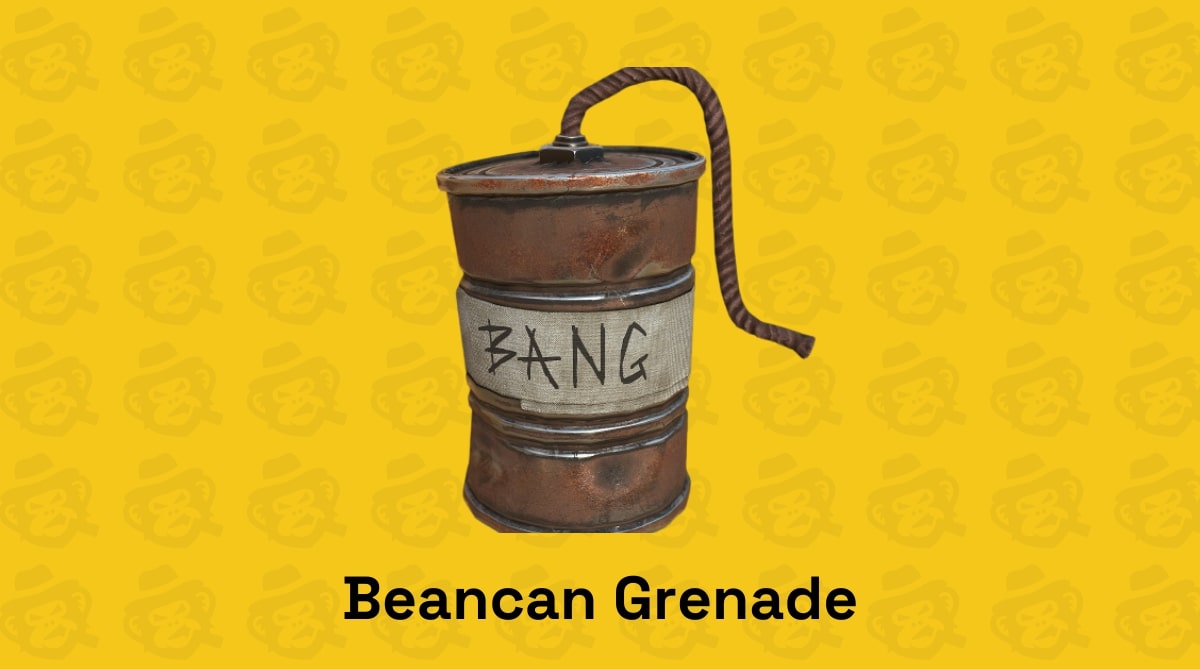
To use Beancan Grenades effectively, you have to:
- Find the TC
- Position yourself at a safe distance
- Throw the Beancan Grenades on top of the Tool Cupboard or close on the floor next to it
3. Explosive Rounds
If you were lucky enough to be able to craft a gun in Rust or to stumble upon one randomly, then you should craft as many Explosive Rounds as you can. Not only are they fantastic for breaking a Tool Cupboard in Rust, but they are also quite effective for taking down doors.
It will take 10 Explosive 5.56 Rifle Ammo Rounds to destroy one TC in the game. To craft these 10 bullets, you will need 50 Metal Fragments, 100 Gun Powder, and 50 Sulfur.

With Explosive Ammo, you should stand at a safe distance and start shooting at the TC with any gun that fires 5.56 rounds.
2. Fire Arrows
Fire Arrows are way less effective than the previous three methods we've covered. However, they are significantly cheaper to craft as well. It's a great way to destroy the Tool Cupboard at an early stage of the game when you don't have tons and tons of resources.
You will need 25 Fire Arrows to destroy a single TC inside any building in Rust.
To craft the Fire Arrows, you will need either a Hunting Bow, Compound Bow, or a Crossbow. The Hunting Bow is the easiest one to craft from these three.
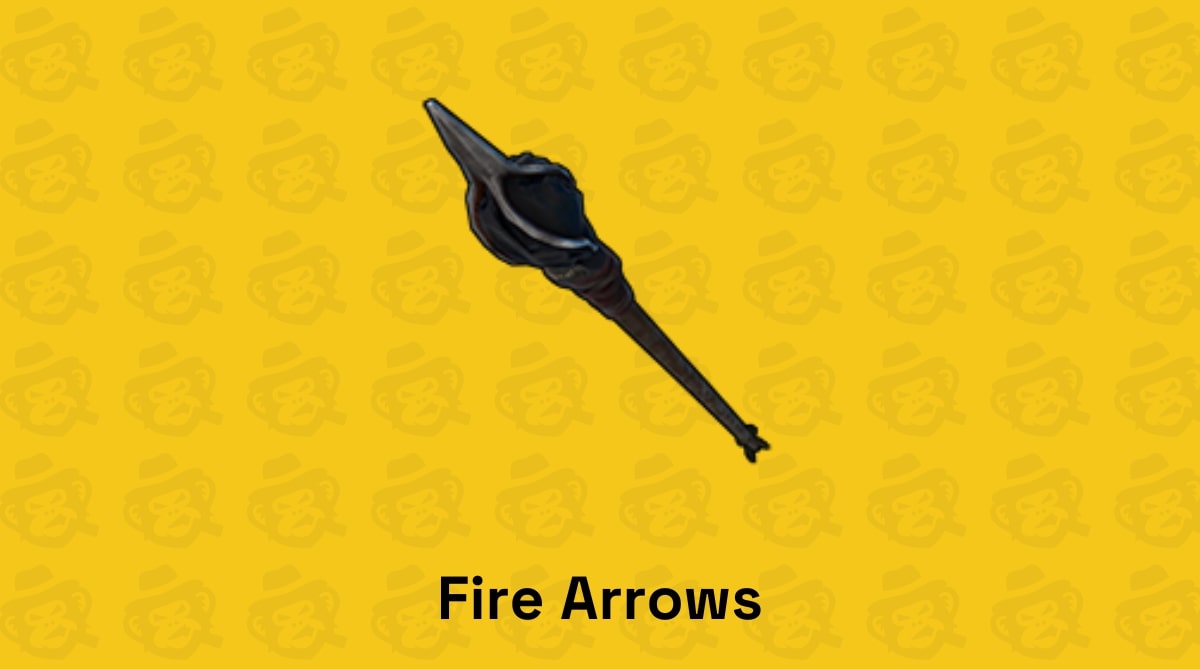
To craft the Fire Arrows, you will need 20 Wood, 2 Cloth, and 10 Low-Grade Fuel for two arrows. To sum up, 25 of these arrows will require 500 Wood, 50 Cloth, and 250 Low-Grade Fuel.
1. High-Velocity Rocket
Lastly, the High-Velocity Rocket is a simple tool to craft that requires a medium amount of effort to gather. It only takes two High-Velocity Rockets to get a TC destroyed.
To craft two of these rockets, you will need a Tier 2 Workbench, 2 Pipe, and 200 Gun Powder.
To use the High-Velocity Rocket:
- Stand as far back as you can in the room with the TC inside
- Fire two Rockets straight towards the Tool Cupboard
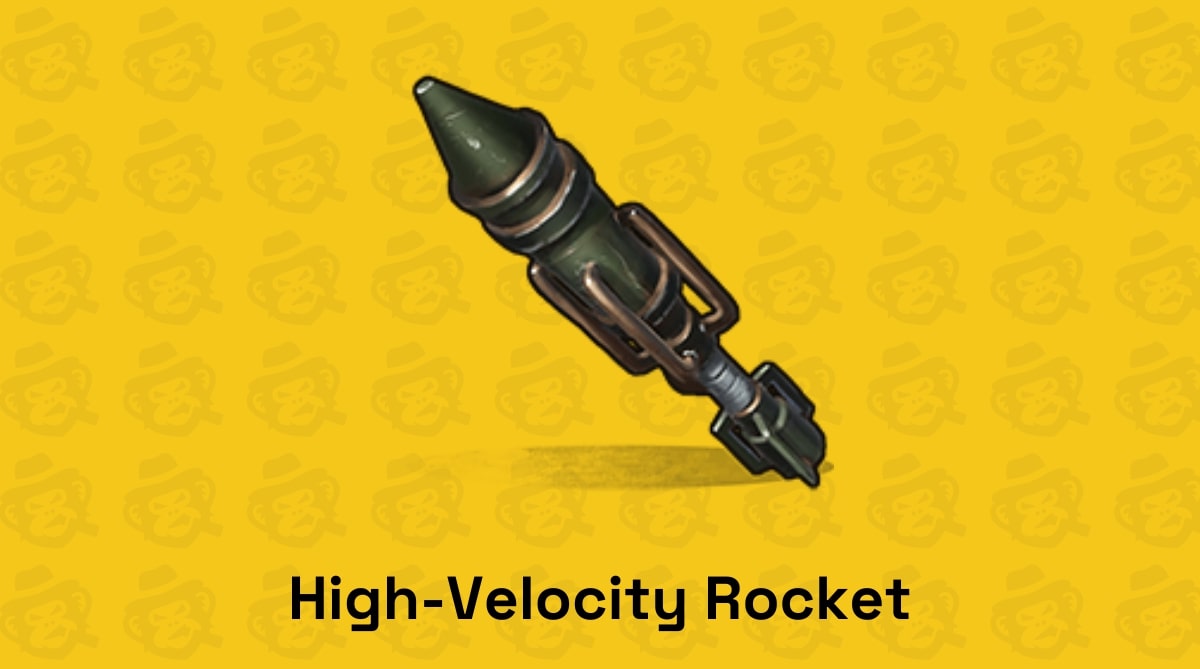
NOTE: Some weapons in Rust, such as the Nailgun, Wooden Arrows, or similar, don't provide any damage to the Tool Cupboard at all. With this in mind, it's pointless to waste your time trying to figure out what deals the most damage to the TC in Rust.
Final Verdict
In addition to everything we've explained about the TC in Rust, you can also use this item as a storage place. Ideally, you'll want to store your tools, such as your Hammer and Building Plan inside the TC.
Lastly, it's crucial to have your Tool Cupboard as protected as you possibly can. Create airlocks, throw down several doors in front of it, and hide it well. Remember, whoever has access to your TC controls your entire base.
Additionally, after the recent update, you are no longer allowed to practice Rust Tool Cupboard stacking. This means that all TCs in Rust must be at least 6 foundation blocks apart from each other.
A true gaming enthusiast, especially Counter-Strike: Global Offensive (CS2) and Rust. At SkinsMonkey, he is involved in creating game guides based on his own experience.
